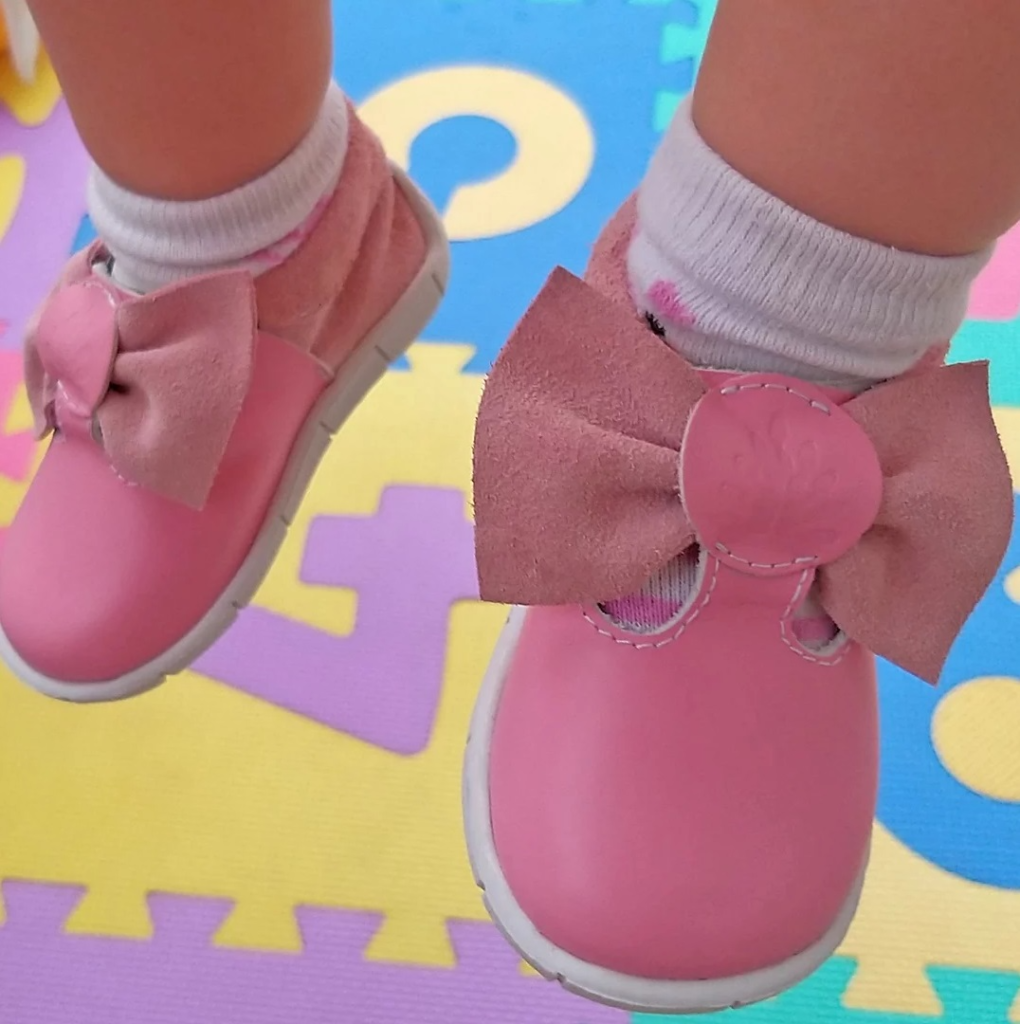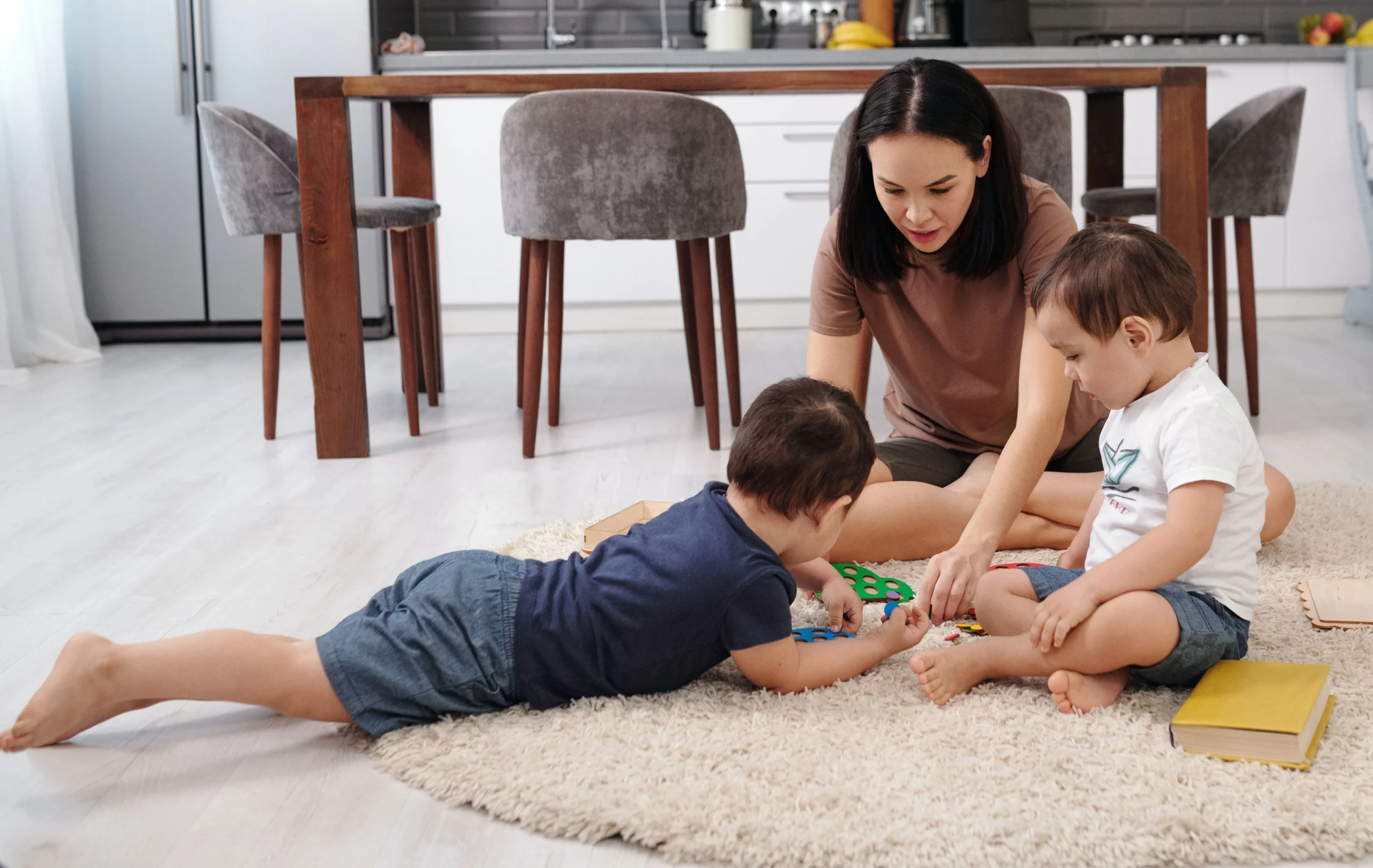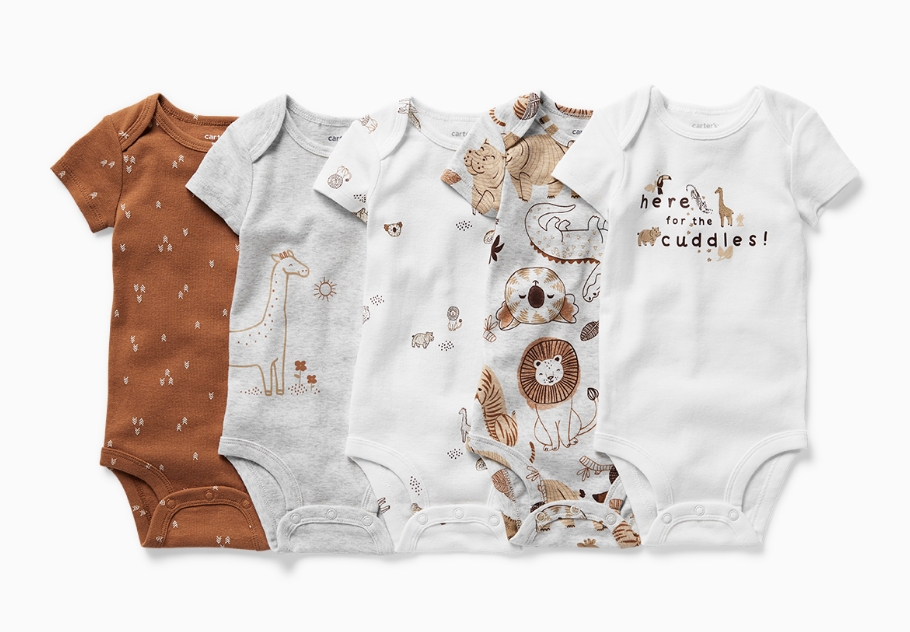Understanding the Importance of Choosing the Right Baby Shoes
When it comes to your little one’s comfort and development, selecting the perfect pair of baby shoes is crucial. Baby shoes play a vital role in protecting their tiny feet while promoting healthy growth and balance. As your baby begins to explore the world around them, their feet require proper support and flexibility. This guide will provide you with essential tips and insights to ensure you make an informed decision when purchasing baby shoes.
Table of Contents
Evaluating the Size and Fit of Baby Shoes

Ensuring the correct size and fit is essential for your baby’s comfort. Remember, their feet are still growing and developing. Start by measuring your baby’s feet regularly to track their size accurately. Look for shoes with ample space in the toe area, allowing room for natural movement and growth. Consider the shoe’s width to accommodate different foot shapes.
Opt for adjustable closures like Velcro or buckles for a secure fit. Avoid overly tight or loose shoes, as they can cause discomfort or hinder proper foot development.
Prioritizing Comfort and Flexibility
Comfort and flexibility are key factors to consider when selecting baby shoes. Look for shoes made from soft and breathable materials, such as leather or mesh, to promote airflow and prevent excessive sweating. Flexible soles are essential for natural foot movement, allowing your baby’s feet to develop strength and balance. Avoid rigid or heavy shoes that restrict their mobility.
Opt for shoes with cushioned insoles for added comfort during extended wear. Remember, babies’ feet are sensitive, and they need shoes that provide a comfortable and supportive environment.
Ensuring Safety and Protection

Baby shoes should provide adequate protection while allowing your little one to explore their surroundings safely. Look for shoes with non-slip soles to prevent slips and falls on different surfaces. Shoes with reinforced toes and heels offer extra protection during play and crawling. Avoid shoes with unnecessary embellishments or loose parts that could pose a choking hazard.
Consider shoes with ankle support or high-top designs for additional stability, particularly when your baby is learning to walk. Prioritizing safety features ensures that your baby’s feet are shielded from potential harm while still allowing for their natural development.
Finding the Right Style for Your Baby
While functionality and comfort are paramount, there’s no reason to compromise on style. Baby shoes come in a wide array of designs, colors, and patterns, allowing you to find the perfect pair that suits your baby’s personality and outfits.
From classic Mary Janes to trendy sneakers, there are numerous options to choose from. Consider the occasion or activity for which you need the shoes, as different styles offer varying degrees of support and flexibility. Let your little one’s individuality shine through their footwear, while ensuring it meets all the necessary criteria for comfort, safety, and fit.
Proper Care and Maintenance of Baby Shoes

To maximize the lifespan of your baby shoes and keep them in optimal condition, proper care and maintenance are essential. Start by regularly wiping off any dirt or debris with a damp cloth. Avoid machine washing unless specified by the manufacturer. Instead, gently hand wash the shoes using mild soap and water. Allow them to air dry naturally, avoiding direct sunlight or heat sources.
Applying a leather conditioner or fabric protectant can help extend their durability and keep them looking fresh. Remember to check the shoe’s fit regularly as your baby’s feet grow, and replace them when they become too small or worn out. By taking care of their shoes, you ensure that your baby continues to enjoy a comfortable and safe walking experience.
Shopping Tips for Baby Shoes
When it comes to shopping for baby shoes, consider the following tips to make the process smoother. Firstly, shop at reputable stores or online platforms that specialize in children’s footwear. This ensures you have access to a wide range of sizes and styles designed specifically for babies. Secondly, prioritize trying on the shoes before purchasing to ensure the proper fit.
If shopping online, refer to size charts provided by the brand and read customer reviews for guidance. Lastly, compare prices and look for sales or discounts to get the best value for your money. Remember, investing in quality baby shoes is an investment in your child’s comfort and foot health.
Signs of a Poorly Fitted Shoe
It’s essential to recognize the signs of a poorly fitted shoe to avoid potential issues. If you notice redness, blisters, or indentations on your baby’s feet after wearing a particular pair of shoes, it’s likely that they do not fit properly. Excessive rubbing or discomfort when walking are also indicators of an ill-fitting shoe. Pay attention to your baby’s behavior during and after wearing shoes. If they seem irritable or reluctant to walk, it might be due to discomfort caused by an incorrect fit. Regularly check for signs of wear or outgrowing in their shoes, and be prepared to size up accordingly. Remember, your baby’s comfort and well-being should always be the top priority when selecting footwear.
Conclusion
Choosing the perfect pair of baby shoes requires careful consideration of factors such as size, fit, comfort, safety, and style. By understanding the importance of these aspects and following the tips outlined in this guide, you can ensure that your little one’s feet are supported, protected, and comfortable. Remember to regularly measure their feet, prioritize flexibility and cushioning, and prioritize safety features. Additionally, proper care and maintenance will help prolong the life of the shoes. With the right pair of baby shoes, your little one can confidently take their first steps and explore the world around them.
Learn about: Stay connected with the Nanit baby monitor and experience tranquility in parenthood.




